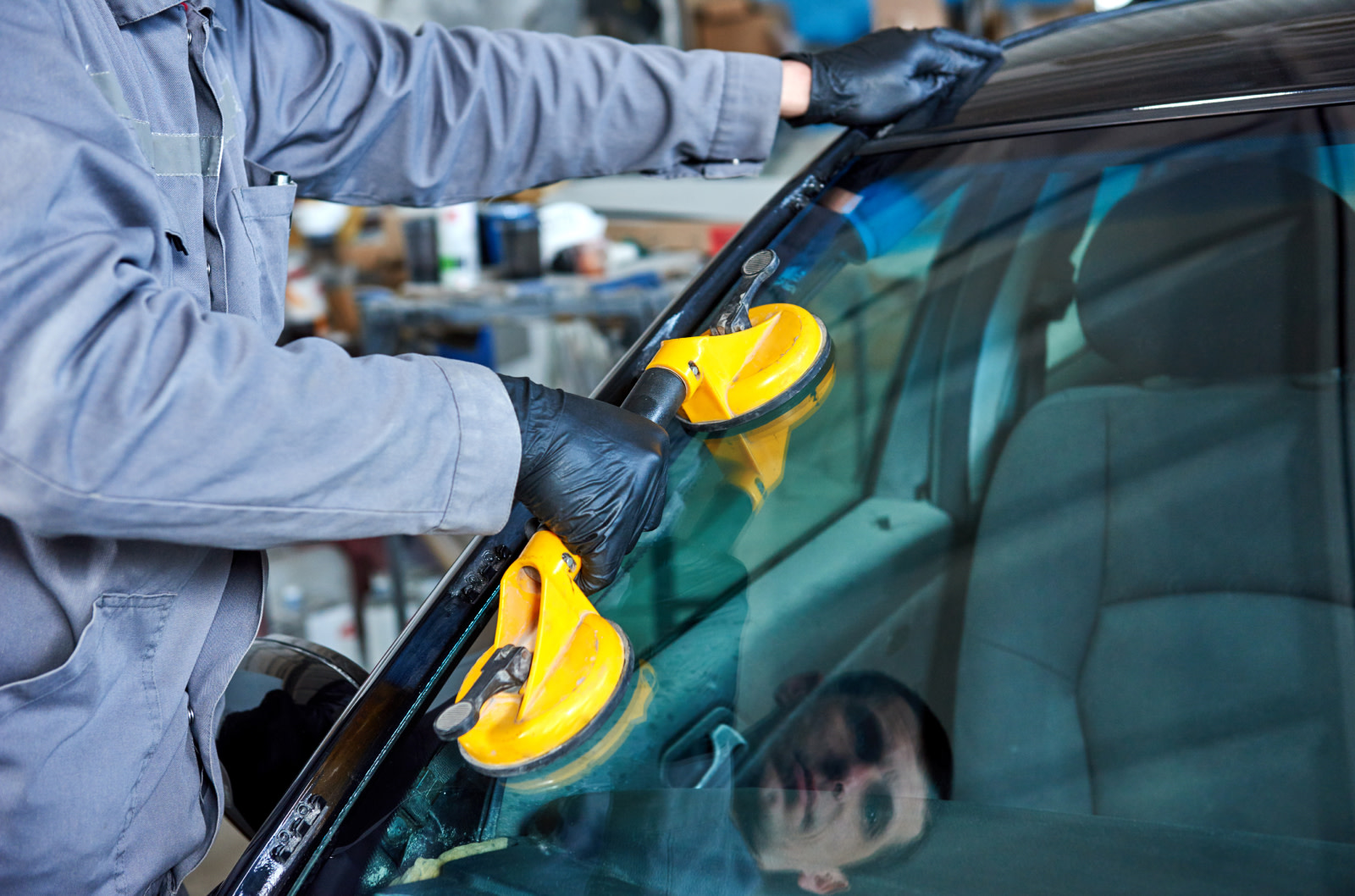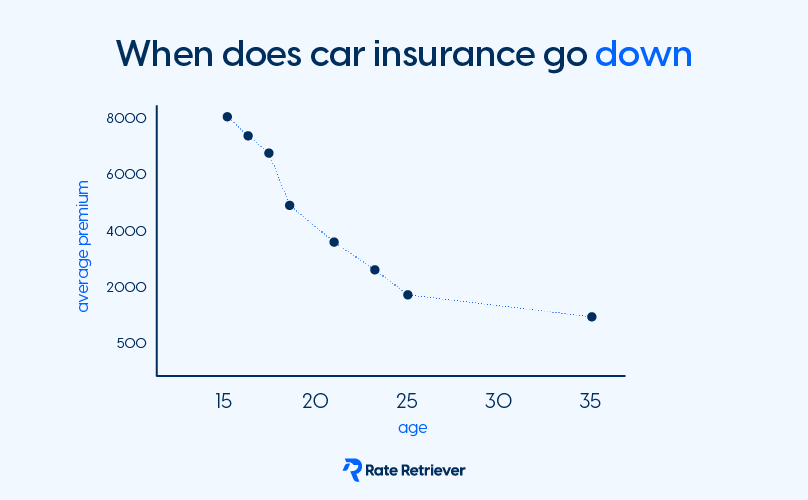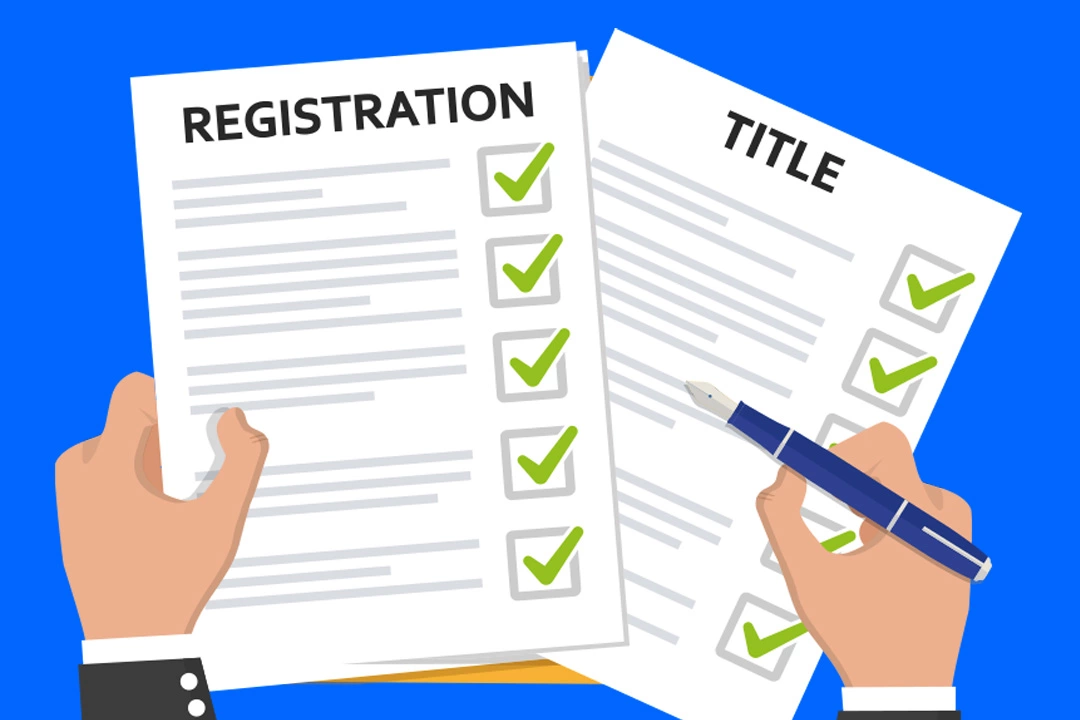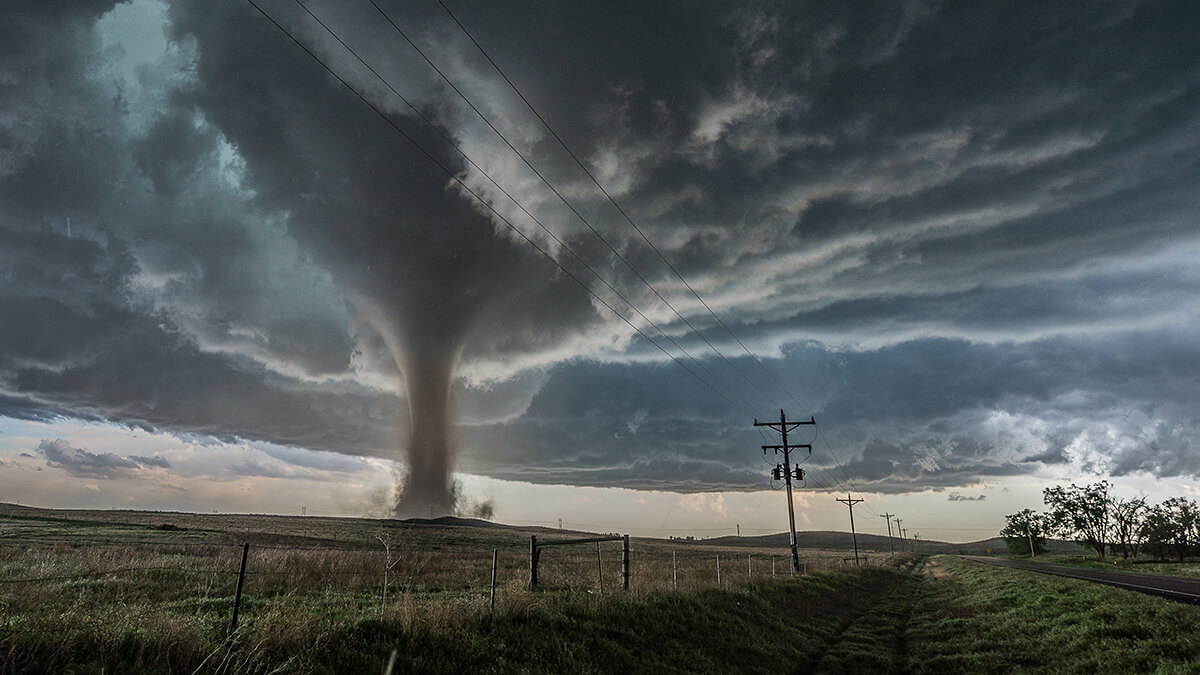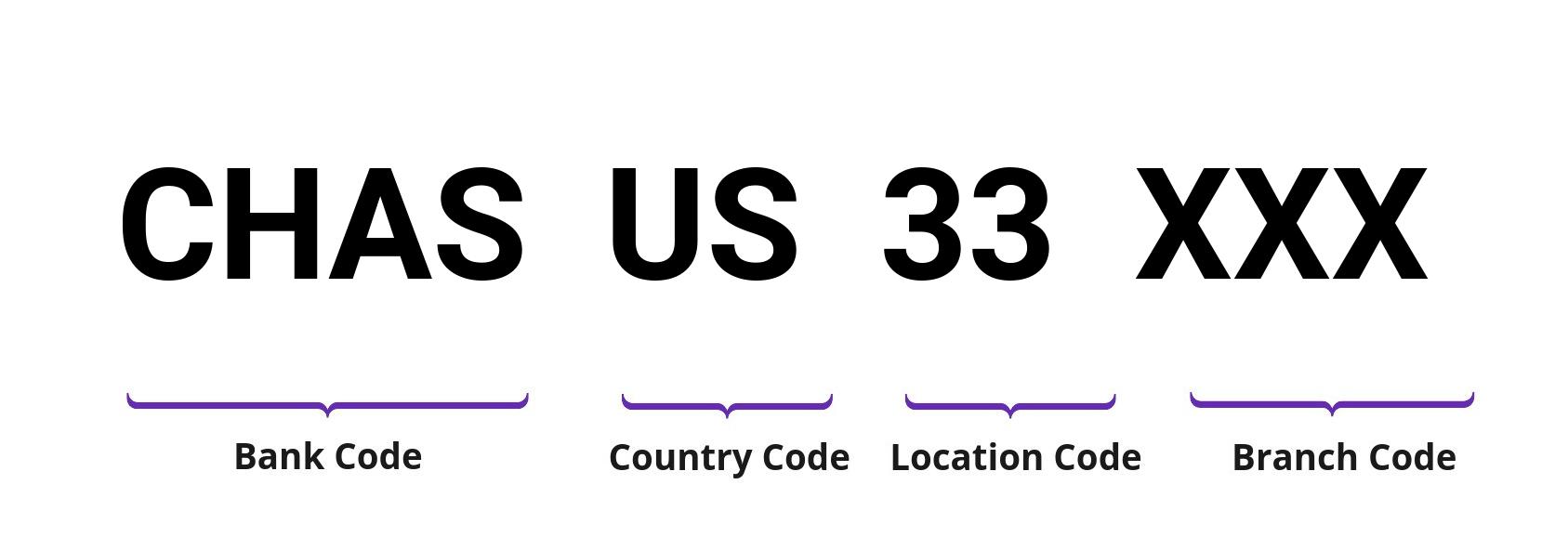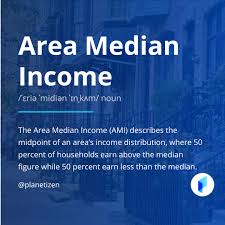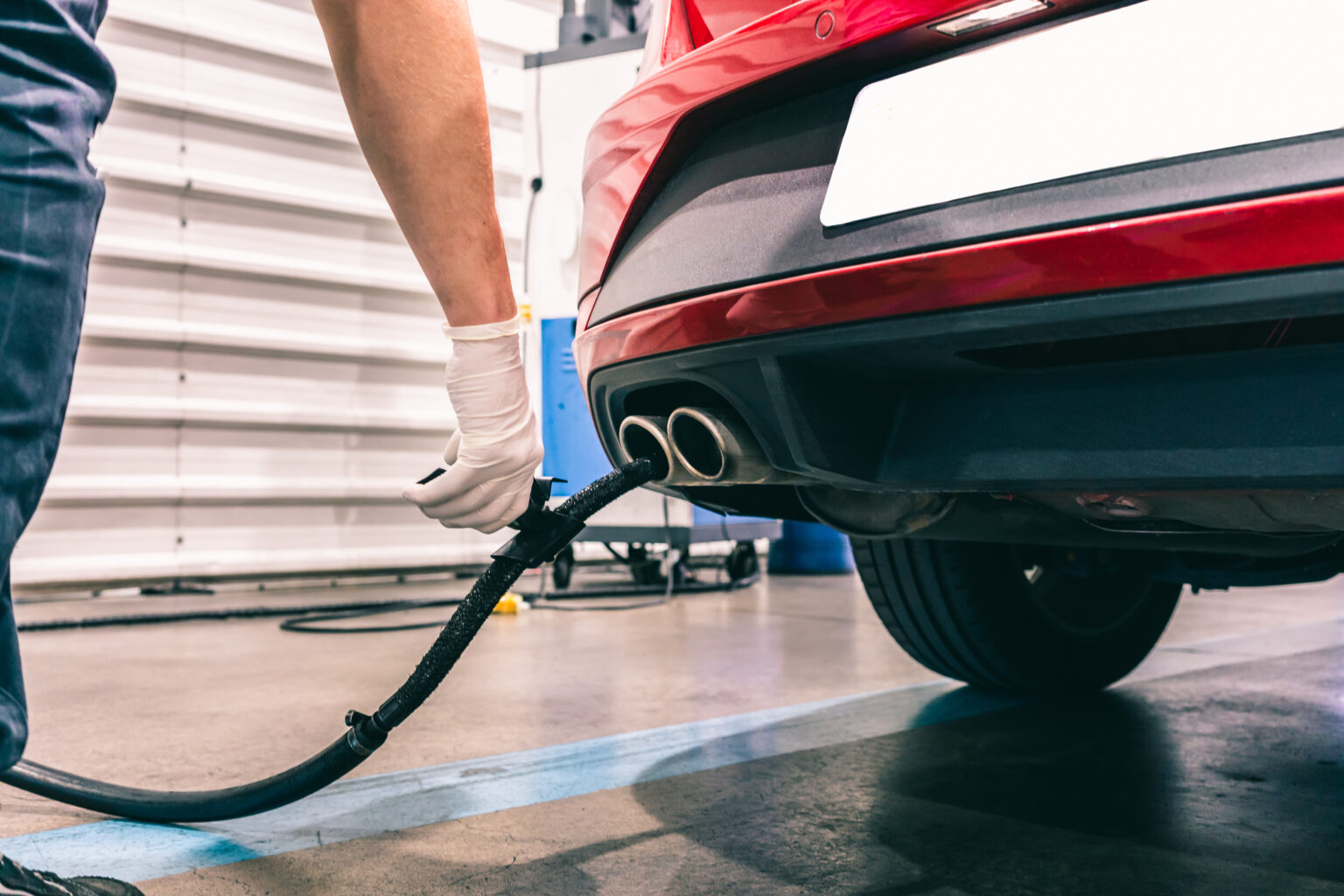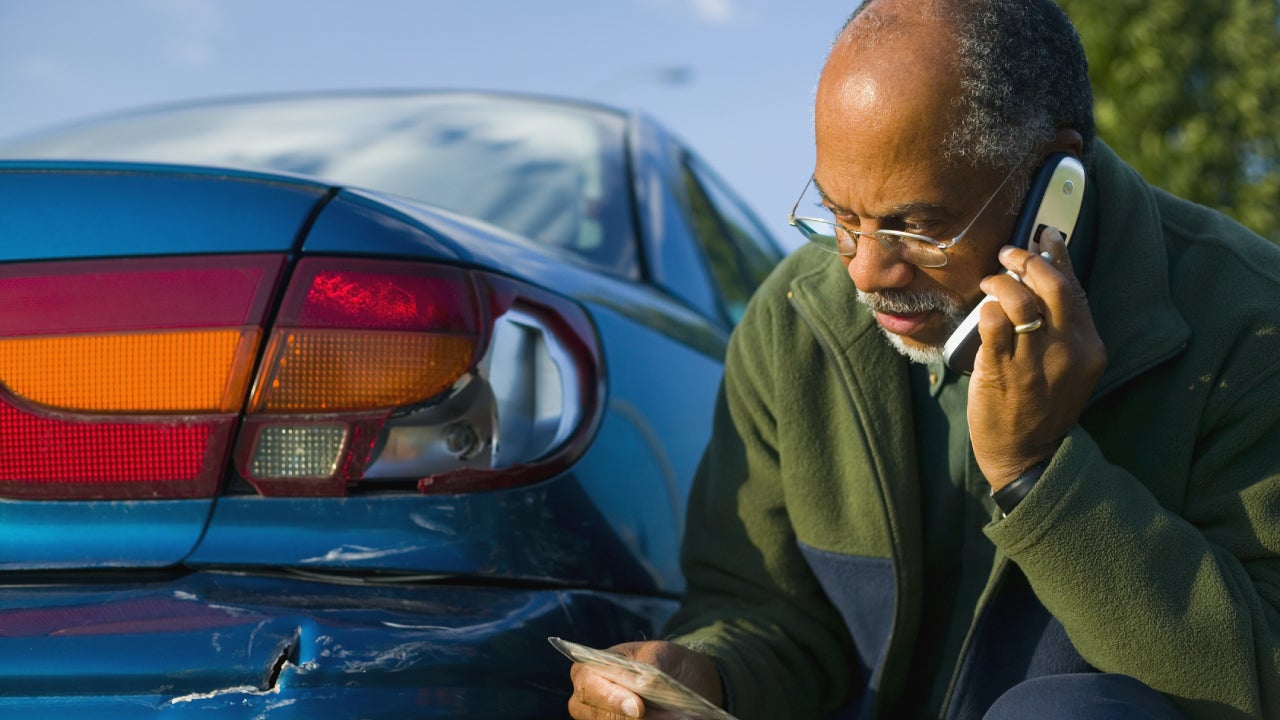Buying a classic car isn’t just about finding a cool ride at the right price—it’s a journey filled with history, research, and passion. Whether you’re hunting for a pristine collector’s piece or a resto-mod you can actually drive every weekend, there are a few key things you’ll need to know before handing over your hard-earned cash.
In this guide, we’ll walk through where to buy a classic car, how to check its value, how to verify its parts, and what to look out for in its history. By the end, you’ll feel confident enough to make a fair offer—and maybe drive away in your dream car.
Step 1: Learn Where to Buy Classic Cars
The first question every collector asks: where do you even find classic cars for sale? Luckily, you have several options depending on your budget and goals.
✅ Private Sellers
Buying from a private owner often gives you the most flexibility in price. Look for listings in:
- Local newspaper classifieds
- Classic Car Club of America events
- Facebook Marketplace or Craigslist
The perk? You can usually test drive the car and even arrange for a mechanic inspection before committing.
✅ On-Site Auctions
Traditional auction houses are a treasure trove for rare makes and models, though prices tend to run higher. Well-known names like Barrett-Jackson Auctions regularly showcase collectible vehicles. You’ll usually get a chance to inspect the car before bidding.
✅ Online Auction Houses
Sites like Bring a Trailer and Hagerty Marketplace have exploded in popularity. They offer a wide range of vintage and modern classics, plus safe payment and title transfer services. Keep in mind: you may need to pay for shipping if the seller is out of state.
✅ Public Auction Sites
Platforms like eBay Motors sometimes list classic cars at bargain prices. The downside? Less oversight and verification compared to specialized sites.
✅ Classic Car Dealers
Dealers sell on consignment, meaning they take a commission from the seller. While there’s usually less room for negotiation, you’ll likely get a chance to test drive and inspect the car in person.
👉 Pro tip: If you’re buying from out of state and can’t inspect the car yourself, hire a local mechanic or inspection service to check it before purchase.
Step 2: Research the Car’s Value
Not all classics are created equal. Factors like scarcity, demand, and restoration status play a huge role in price.
One of the best resources is the Hagerty Valuation Tool, which gives you real-world estimates based on sales data. This ensures you don’t overpay—and helps you negotiate with confidence.
Step 3: Check for Original vs. Replacement Parts
The parts inside a classic car often tell its story—and affect its price.
- Original cars: Preserved with factory equipment, highly prized by collectors.
- Restored cars: Rebuilt with original or replica parts, often close to factory condition.
- Resto-mods: Vintage looks with modern upgrades (better engines, brakes, safety features).
Collectors tend to pay more for originals, but resto-mods are great if you want classic style with modern reliability. Either way, bring in a mechanic who specializes in classics—they’ll spot things most buyers miss.
Step 4: Research the Car’s History
Just like buying a used car, you’ll want to dig into the history before making an offer.
- Run a VIN check: Use sites like VINCheck.info (free) or AutoCheck (paid).
- Ask the owner for maintenance records and past ownership history.
- Join car clubs or historical societies—many enthusiasts keep detailed archives and may even recognize your vehicle.
👉 Note: VINs were only standardized in the 1980s. For older classics, you may need to check serial numbers stamped on parts like the engine block or transmission.
Step 5: Make Your Offer
Buying a classic car is all about negotiation. Unlike modern used cars, classics often appreciate in value—so sellers know what they have.
Bring documentation (valuation reports, mechanic inspection notes, sales history) to back up your offer. If the seller won’t budge, don’t be afraid to walk away—there are always other cars out there.
Step 6: Finalize the Purchase
If you’re buying from a private seller, check with your state’s Department of Motor Vehicles for required documents (title transfer, mileage statement, bill of sale). Dealers usually handle this paperwork for you.
For payment, use a cashier’s check or money order rather than cash to keep things safe and traceable.
After You Buy: Caring for Your Classic Car
🚗 Maintenance
Classics require more attention than modern cars. Stay on top of:
- Brakes and fluids
- Battery condition
- Signs of rust or leaks
- Tire health
Drive it at least once a month to keep everything running smoothly.
🏠 Storage
Protect your investment with a climate-controlled garage. Extreme temperatures, sunlight, and moisture can ruin a vintage car faster than you think.
🛡️ Insurance
Regular auto insurance isn’t enough for a collectible. Instead, look into classic car insurance, which covers your vehicle for its agreed value (often higher than standard market value).
Companies like Hagerty specialize in classic car coverage. To qualify, you’ll usually need proper storage, limited mileage, and a primary vehicle for daily use.
Final Thoughts
Buying a classic car is equal parts passion and patience. Do your research, get expert inspections, and don’t rush into a deal just because the car looks shiny. With the right approach, you’ll not only find the classic car of your dreams but also protect your investment for years to come.






